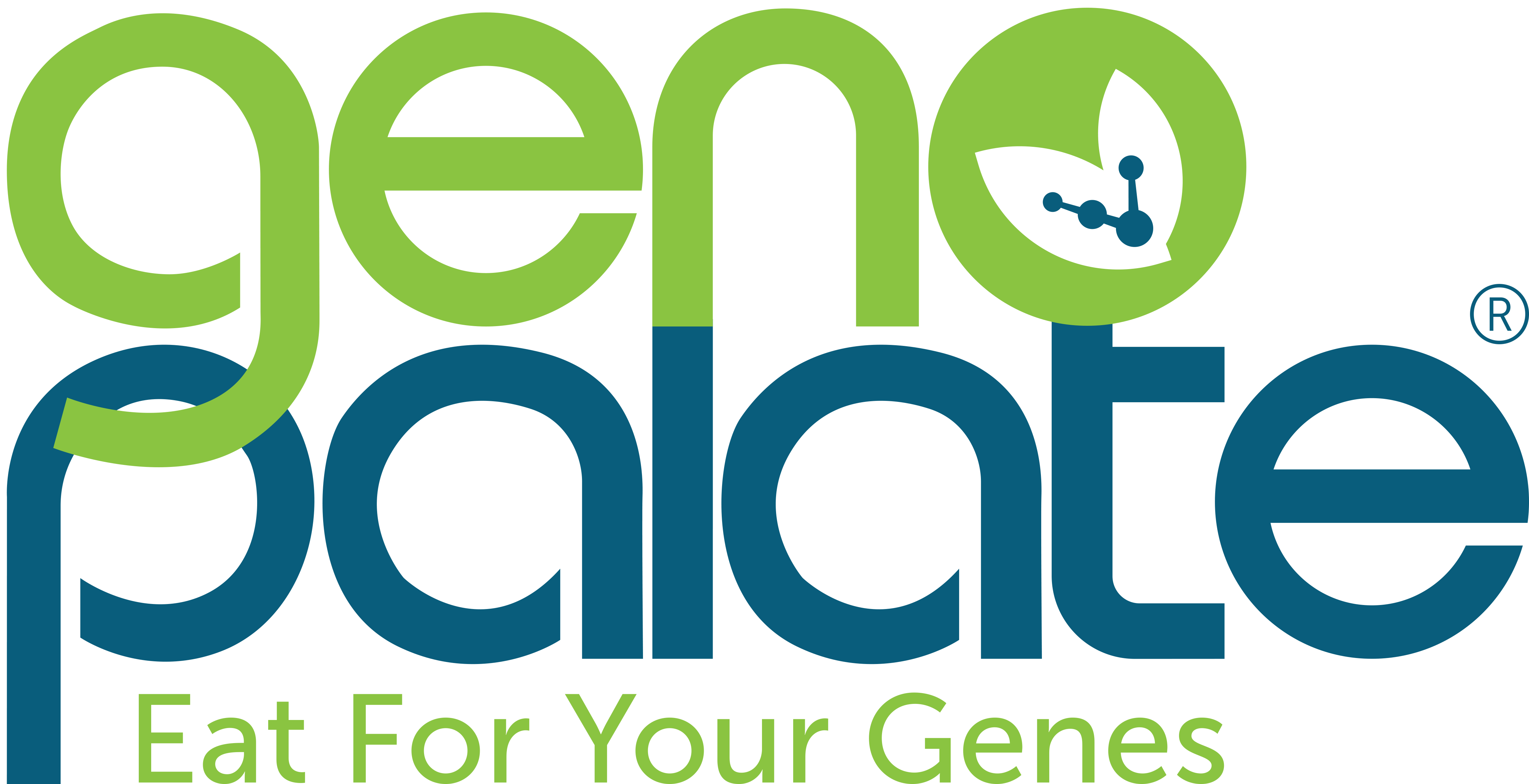What is a genotype?
The genotype of a person is her or his genetic makeup. It can refer to all genes or to a specific gene.
What is the difference between a genotype and a phenotype?
A genotype is the inherited genetic makeup or code of an individual that determines what characteristics a person will express at a genetic level. Every individual has a set of genes from both parents that determine their genotype. Examples of genotypes include the genetic sequences that define eye color, hair color, and certain diseases. Whereas a genotype may not be visible to the human eye, an individual’s phenotype is the summation of their genotype and are the traits that are visible or expressed outwardly. A phenotype is influenced by both genotype and environmental conditions. Examples of phenotypes include weight, height, blood type, and freckles.
What is the difference between a homozygous genotype and a heterozygous genotype?
Homozygous and heterozygous are terms that refer to the allele pairings at a specific location of a gene (also known as a gene locus). A homozygous genotype means that there are two identical copies of the allele such as AA while a heterozygous genotype means that there are two different alleles present at the same locus (such as AG, AT, or AC).
What is a genotype example?
Since a genotype is the precise sequence of genetic information or the raw DNA material that an individual has from each parent, examples of genotypes would include the genetic sequences that determine if you present with certain traits such as eye color, hair color, height, freckles, certain disease states, likelihood to experience lactose intolerance, and length of fingers.





